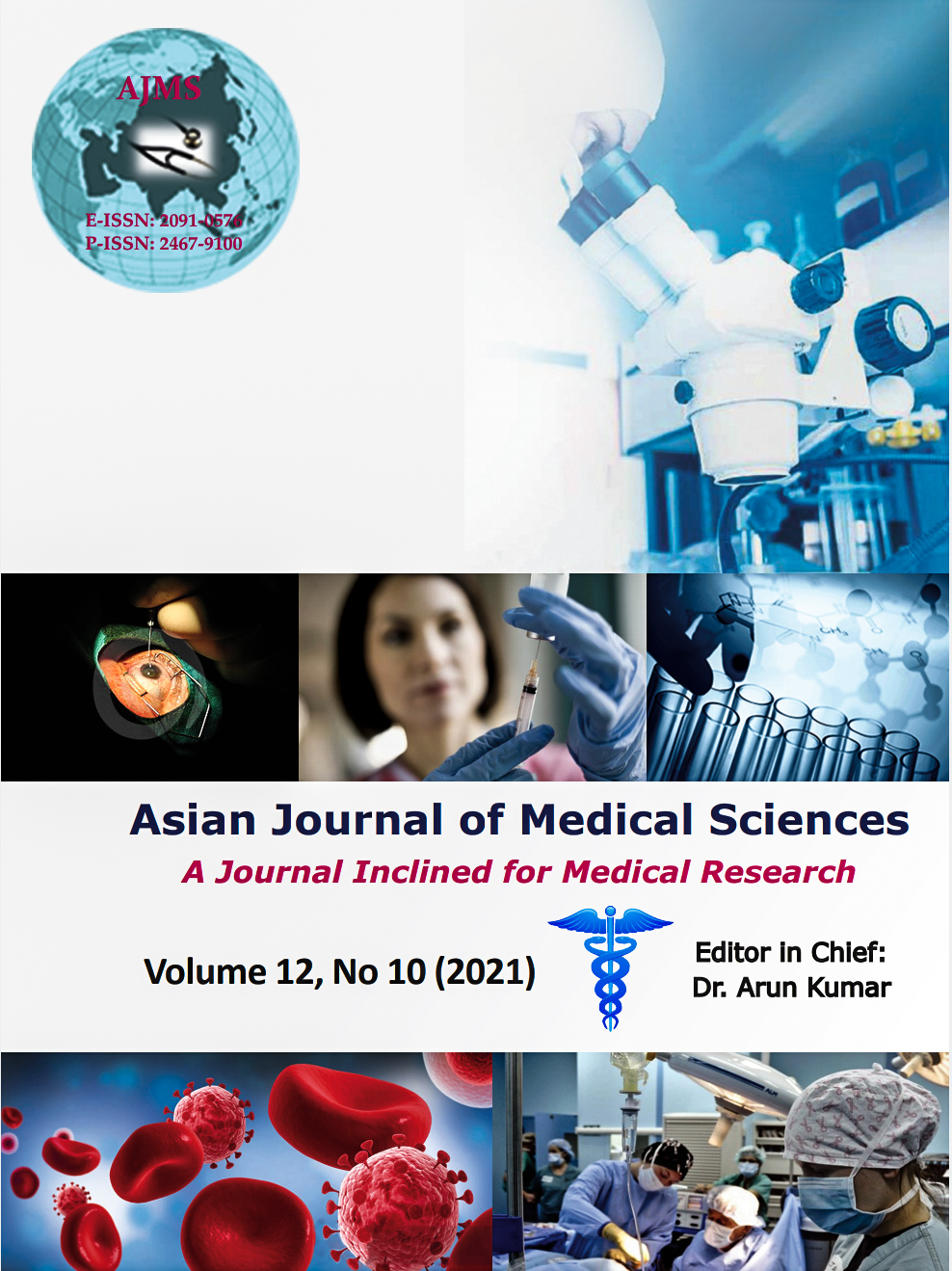Study of clinical profile of dermatophytosis in a tertiary care center as per ECTODERM guidelines
Keywords:
Dermatophytosis, ECTODERM India guidelinesAbstract
Background: Dermatophytic infections are one of the most common skin infections encountered by dermatologists. A recent increase in incidence has been seen over the last few years with substantial change in the clinical profile of patients. Recently a group of dermatology experts published Expert Consensus on The Management of Dermatophytosis in India (ECTODERM India). The group agreed upon various definitions with respect to current dermatophytosis epidemic as well as gave recommendations for investigations and management. Clinical profile of dermatophytosis was done in present study on the basis of definitions agreed upon by ECTODERM consensus group.
Aims and Objective: To assess the clinical profile, prevalence and severity of dermatophytic infection in study population.
Materials and Methods: Cross-sectional observational study was conducted at out-patient department of Dermatology in, Sharda hospital, Greater Noida. A total of 317 patients presenting with clinical diagnosis of dermatophytosis were included in the study.
Results: A total of 317 patients were recruited in the study, out of which 213 were males (67.2%). The most common age group presenting with superficial dermatophytosis was 21-30 years. Majority of the patient presented with chronic dermatophytosis with duration more than 6 months (76.6%) while more than 3 lesions of tinea were observed in 76.6% cases. 191 patients (60%) had moderate to severe involvement with more than 3% of BSA involved. Family members presenting with similar complaints were seen in 39% cases. Majority of patients (76 %) studies had received previous treatment topical, systemic or both. 62 patients presented with recurrence of disease within 6 weeks of complete antifungal treatment (19.6%).
Conclusion: Our study concludes that dermatophytosis still remain a challenging issue for dermatologists. Chronicity of infection, moderate to severe BSA involvement and involvement of family members in a good proportion of our study cases were the main findings of our study.
Downloads
Downloads
Published
How to Cite
Issue
Section
License
Copyright (c) 2021 Asian Journal of Medical Sciences

This work is licensed under a Creative Commons Attribution-NonCommercial 4.0 International License.
Authors who publish with this journal agree to the following terms:
- The journal holds copyright and publishes the work under a Creative Commons CC-BY-NC license that permits use, distribution and reprduction in any medium, provided the original work is properly cited and is not used for commercial purposes. The journal should be recognised as the original publisher of this work.
- Authors are able to enter into separate, additional contractual arrangements for the non-exclusive distribution of the journal's published version of the work (e.g., post it to an institutional repository or publish it in a book), with an acknowledgement of its initial publication in this journal.
- Authors are permitted and encouraged to post their work online (e.g., in institutional repositories or on their website) prior to and during the submission process, as it can lead to productive exchanges, as well as earlier and greater citation of published work (See The Effect of Open Access).




